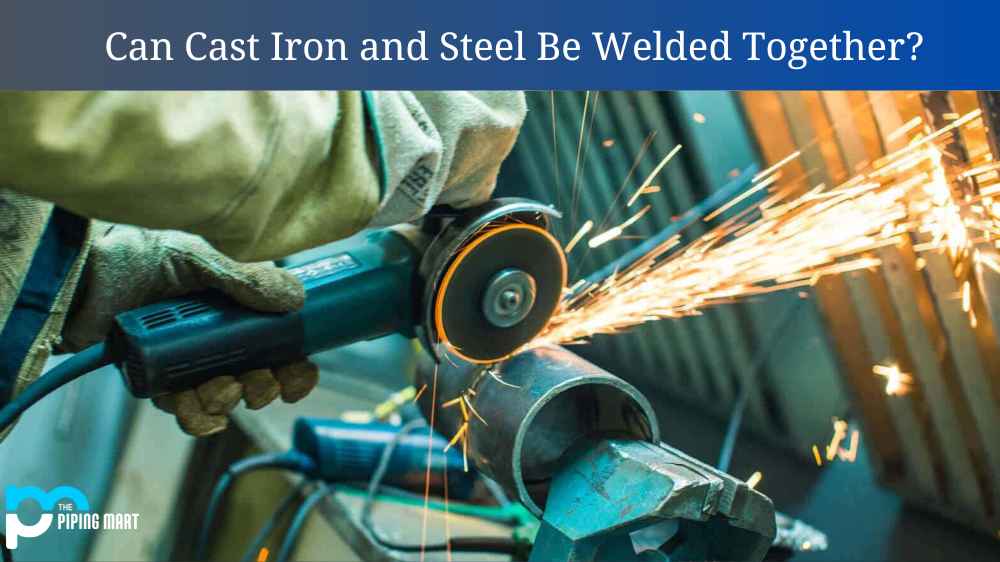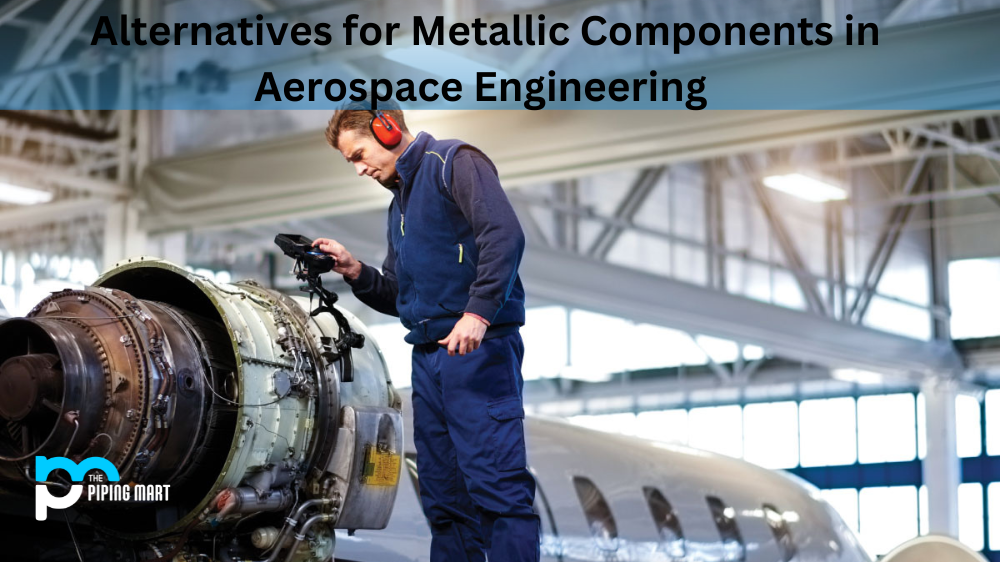Selection of the right valve for your application requires several considerations. Although valve fitting and selection may be a complicated task, the valve selection phase can be initiated by an engineer knowing their design requirements and identifying appropriate valve specifications to fulfill such needs. Throughout this method the first move is to find the most relevant valve attributes.
Before purchasing a pump, make sure it functions the way you want it to. Tell yourself how long it takes for the valve to react, and how much pressure it requires to release. Even the usually open and typically closed valves should be addressed as each serves a particular function. A suitable option will increase valve efficiency. Which dictates the alternative is whether the valve is normally near or more accessible during regular activity of the machine.
Materials
The selection criteria for the valve or valve structure content is commonly employed as engineers hunt for industrial valves. The media that pass into the valve, the ambient atmosphere and the valve’s potential management are variables that affect building valve materials. Corrosive media such as oils, liquids, saltwater, plant runoff or even other foods and beverages need building materials that are corrosion resistant.
Unless your medium is a liquid-solid blend or slurry with abrasive solids, then building materials which are immune to erosion are essential. High pressure media may require an alloy of high strength to endure the internal tension. A valve moving through steam or hot media may need an alloy that retains strength and oxidation or resistance to corrosion at high temperatures.
Valve Type
The form of valve the design needs may rely on the functionality of the flow regulation, mechanism and valve. If your program needs just flow regulation, then it needs a valve style with good throttling output. Ideally, the size and form of valve would be chosen to provide flow regulation over the opening range of the valve insert. Increases in flow rate during opening are intrinsic in the configuration of some valves.
Valves with defined plugs may be selected to change the valve flow or benefit. Ball, socket, screen, diaphragm, and butterfly valves have reasonable output for on / off or shutdown applications. Globe, ball, diaphragm, and needle valves are excellent at throttling. Plug and ball valves are not appropriate options for use in flow management.
Valve Size
An application-sized valve may trigger operation issues within the valve, or anywhere in the fluid transfer network. For example, an undersized valve can choke downstream flow and build back pressure from the upstream. Highly over dimensional flow regulation valves govern flow only within a small range near the closed location.
Valve activity in a virtually closed state results in cavitation, blinking, and flushing. The valve plug may be removed within the car, cutting off the flow in extreme oversizing situations. Beyond output issues, an over dimensional valve coupled with adapter fittings brings needless extra costs to the project.
Performance
A valve can operate in varying temperature and pressure conditions. A healthy valve will manage to work even under the system’s lowest and peak temperatures and pressures.
Metal valves in highly pressurized systems are better than plastic valves particularly when the operating temperatures are very high. That is the stronger metals than plastics.
Maintenance
Tips for choosing the correct valve cannot be accurate without taking servicing into account. Valves wear out over time, and with your option for a valve you need to consider factoring with repair costs. This is critical both for consistency of implementation as well as durability of valves. Operating with a defective valve is very risky because it may lead to leaking of fluid or gas.
While deciding, you can always remember method of valve attachment, because this impacts the speed and ease of replacement or repair. Each form of link has its advantages and disadvantages.

Pipingmart is B2B portal specializes in industrial, metal and piping products. Also, share latest information and news related to products, materials and different types grades to help business dealing in this industry.




